

- RFQ
- BOM
-
Contact Us
Tel: +86-0755-83501315
Email: sales@sic-components.com
- Chinese
- English
- French
- German
- Portuguese
- Spanish
- Russian
- Japanese
- Korean
- Arabic
- Irish
- Greek
- Turkish
- Italian
- Danish
- Romanian
- Indonesian
- Czech
- Afrikaans
- Swedish
- Polish
- Basque
- Catalan
- Esperanto
- Hindi
- Lao
- Albanian
- Amharic
- Armenian
- Azerbaijani
- Belarusian
- Bengali
- Bosnian
- Bulgarian
- Cebuano
- Chichewa
- Corsican
- Croatian
- Dutch
- Estonian
- Filipino
- Finnish
- Frisian
- Galician
- Georgian
- Gujarati
- Haitian
- Hausa
- Hawaiian
- Hebrew
- Hmong
- Hungarian
- Icelandic
- Igbo
- Javanese
- Kannada
- Kazakh
- Khmer
- Kurdish
- Kyrgyz
- Latin
- Latvian
- Lithuanian
- Luxembou..
- Macedonian
- Malagasy
- Malay
- Malayalam
- Maltese
- Maori
- Marathi
- Mongolian
- Burmese
- Nepali
- Norwegian
- Pashto
- Persian
- Punjabi
- Serbian
- Sesotho
- Sinhala
- Slovak
- Slovenian
- Somali
- Samoan
- Scots Gaelic
- Shona
- Sindhi
- Sundanese
- Swahili
- Tajik
- Tamil
- Telugu
- Thai
- Ukrainian
- Urdu
- Uzbek
- Vietnamese
- Welsh
- Xhosa
- Yiddish
- Yoruba
- Zulu
- Kinyarwanda
- Tatar
- Oriya
- Turkmen
- Uyghur
Battery Cell Control ICs for EVs and Energy Systems
一、Why Battery Cell Control ICs Matter
In electric vehicles (EVs) and energy storage systems (ESS), battery packs—composed of hundreds to thousands of cells—are the core energy source. Their performance, safety, and lifespan depend on precise management of individual cells. Battery cell control ICs (also called battery management ICs) serve as the "neural center" of this management, addressing critical challenges:
Cell Consistency: Mitigate capacity/voltage mismatches in series-parallel cell configurations, which can reduce pack capacity by 20-30% if unmanaged.
Safety: Prevent hazardous conditions like overcharging (≥4.3V for Li-ion), over-discharging (≤2.5V), short circuits, and thermal runaway (triggered at ~60℃ for some chemistries).
Lifespan Extension: Optimize charging/discharging cycles to extend pack life (target: 10,000+ cycles for ESS, 2,000+ cycles for EVs).
Performance Monitoring: Provide real-time data (cell voltage, current, temperature) for vehicle/ESS control systems to adjust power output.
二、Core Functions of Battery Cell Control ICs
1. Cell Voltage Monitoring
Accurately measures individual cell voltages (typically 2.5-5V for Li-ion) with high precision (±1mV) to detect mismatches.
Key Features: Multiplexed ADCs to monitor 6-16 cells per IC (e.g., TI BQ76940 monitors 16 cells).
Application: Identifies weak cells in EV packs that may degrade faster than others.
2. Temperature Sensing
Monitors cell temperatures via internal or external thermistors (-40℃ to +125℃ range) to prevent thermal runaway.
Typical Implementation: ICs with integrated temperature sensors (e.g., Analog Devices LTC6804-1) or external thermistor interfaces.
Critical Role: Triggers cooling systems or reduces charge current if temperatures exceed safe thresholds (e.g., 45℃ during charging).
3. Cell Balancing
Equalizes charge levels across cells to maximize pack capacity and lifespan. Two main methods:
Passive Balancing: Dissipates excess charge from overcharged cells via resistors (simple but energy-wasteful). Used in low-cost ESS (e.g., Linear Technology LTC3300).
Active Balancing: Transfers energy from overcharged to undercharged cells via inductors/capacitors (higher efficiency, ~90%). Adopted in high-performance EVs (e.g., Maxim MAX17852).
4. Safety Protection
Integrates hardware/software safeguards:
Overvoltage (OV)/Undervoltage (UV) Protection: Shuts down charging/discharging if cell voltage exceeds thresholds.
Overcurrent (OC) Protection: Detects short circuits or excessive current (e.g., ≥10x rated current) and disconnects the cell.
Communication Fault Protection: Ensures reliable data transmission to the main BMS (via SPI, I2C, or ISO 11898 CAN).
5. Communication with Main BMS
Relays cell data to the central battery management system (BMS) via protocols like:
SPI: High-speed (up to 10MHz) for daisy-chained ICs in EV packs (e.g., TI BQ79616 uses SPI for 6-16 cell modules).
CAN: Robust for long-distance communication in energy storage systems (e.g., Microchip MCP79412).
三、IC Solutions for EVs vs. Energy Systems
1. EV-Specific IC Requirements
EVs demand high dynamic performance, compact size, and fast response:
High Cell Count Support: ICs that daisy-chain to manage 96+ cells (e.g., TI BQ79600, supports up to 16 cells per IC in series).
Low Latency: <100μs response time for safety faults (critical for vehicle operation).
Automotive Qualification: AEC-Q100 Grade 2 (-40℃ to +105℃) and ISO 26262 functional safety (ASIL B/D).
Example IC: Maxim MAX17260
Monitors 4-6 cells with ±1mV voltage accuracy.
Integrates active balancing (up to 200mA current).
AEC-Q100 Grade 2, ideal for EV battery modules.
2. Energy System-Specific IC Requirements
ESS (residential, utility-scale) prioritize long-term reliability and low cost:
High Voltage Tolerance: Supports 1000V+ systems (e.g., Analog Devices LTC6813, 14-cell monitoring for 48V/120V ESS).
Low Quiescent Current: <100μA to minimize self-discharge in standby (critical for off-grid storage).
Scalability: Manages 1000+ cells in parallel (e.g., Linear Technology LTC6804-4, 4-cell ICs daisy-chained for large packs).
Example IC: Microchip MCP39F511
Monitors 6 cells with integrated temperature sensing.
Passive balancing with 10mA discharge current.
IEC 61010 compliance for industrial safety.
四、Technical Trends in Battery Cell Control ICs
Higher Integration
ICs now combine cell monitoring, balancing, and communication (e.g., TI BQ79616 integrates a CAN transceiver, reducing external components by 30%).
Active Balancing Adoption
Active balancing is replacing passive methods in mid-to-high-end EVs and ESS, improving energy efficiency by 5-8% (e.g., Maxim MAX17852 active balancers).
AI-Enhanced Algorithms
Next-gen ICs (e.g., ADI LTC6820) integrate machine learning to predict cell degradation, enabling predictive maintenance in ESS.
Wireless Monitoring
Emerging ICs (e.g., NXP MWCT1014) use Bluetooth Low Energy (BLE) to eliminate wiring, reducing weight in EV packs by 15%.
五、Selection Considerations
Factor EV Applications Energy Storage Systems
Cell Count 96+ cells (series) 100-1000+ cells (series/parallel)
Temperature Range -40℃ to +105℃ (AEC-Q100 Grade 2) -40℃ to +85℃ (industrial grade)
Balancing Type Active (high efficiency) Passive (low cost) or active
Safety Certification ISO 26262 (ASIL B/D) IEC 61010, UL 1973
六、Conclusion
Battery cell control ICs are indispensable for unlocking the full potential of EVs and energy systems. Their ability to monitor, balance, and protect individual cells directly impacts safety, efficiency, and lifespan. As battery chemistries advance (e.g., solid-state Li-ion) and systems scale (1MWh+ ESS, 800V EV platforms), ICs will evolve to meet demands for higher integration, faster response, and smarter algorithms.
For engineers, selecting the right IC requires aligning features with application needs—whether prioritizing automotive-grade safety for EVs or low-cost scalability for energy storage. With ongoing innovation, these ICs will continue to drive the transition to sustainable energy.
https://www.sic-components.com

Hot Products
View MoreRelated Blogs

2000+
Daily average RFQ Volume

30,000,000
Standard Product Unit

2800+
Worldwide Manufacturers

15,000 m2
In-stock Warehouse



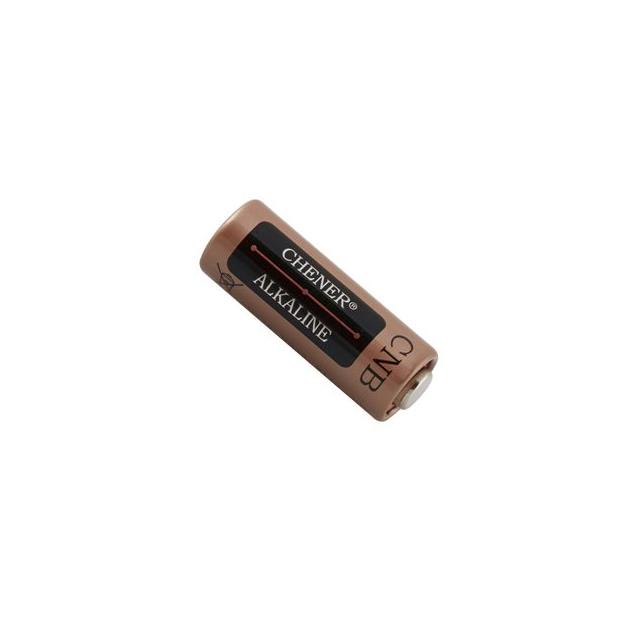
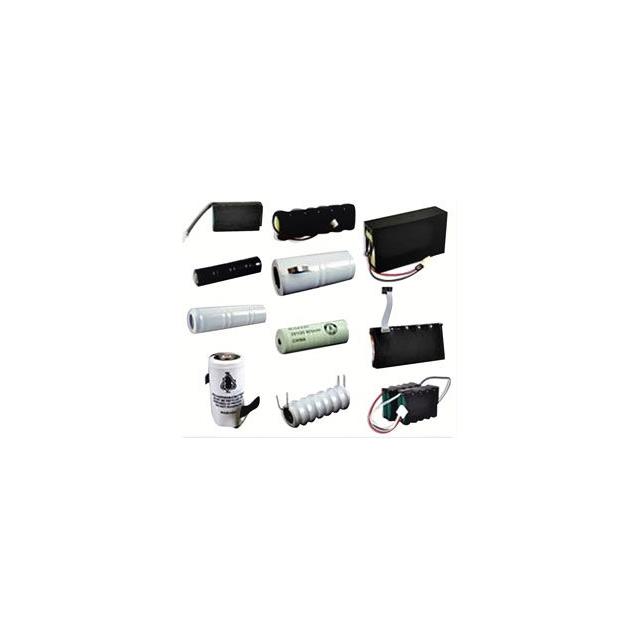
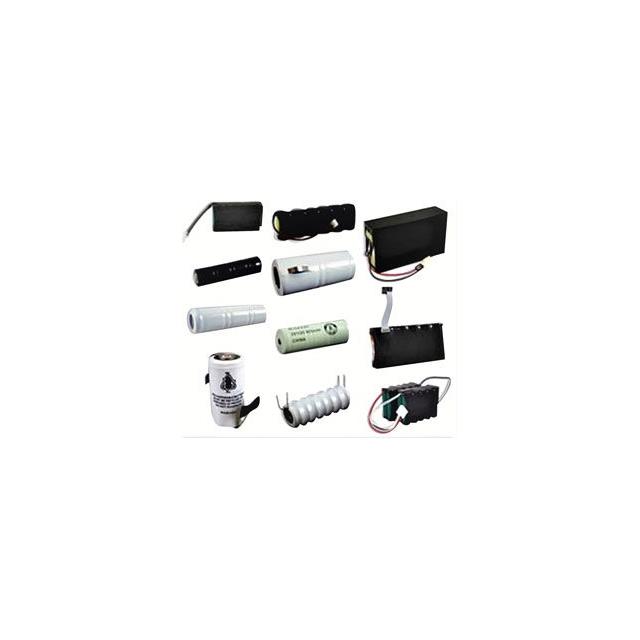
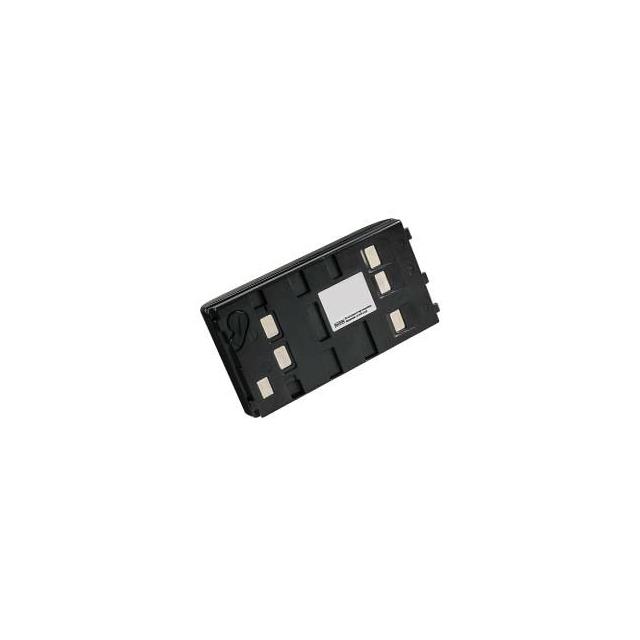
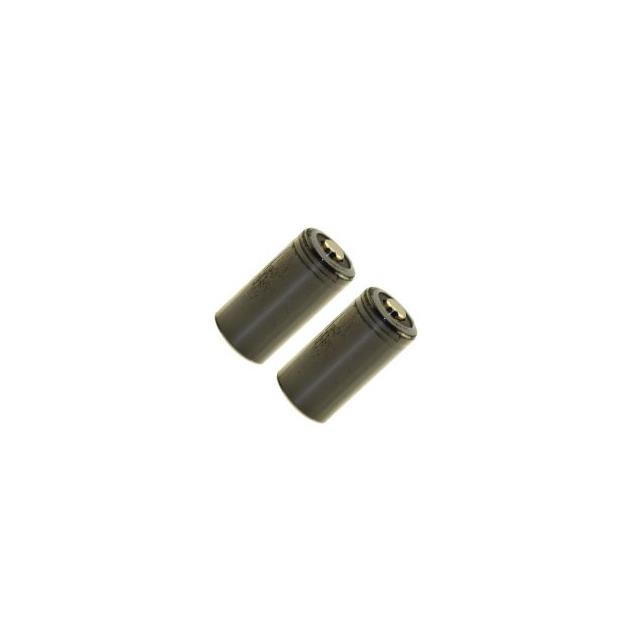
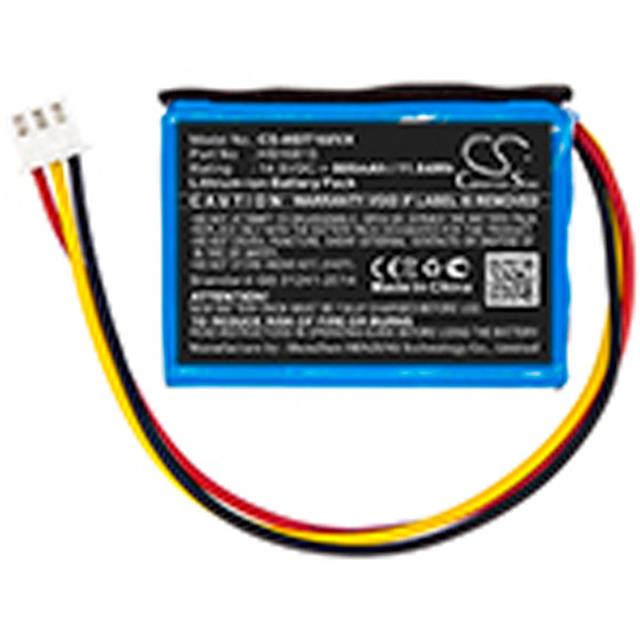
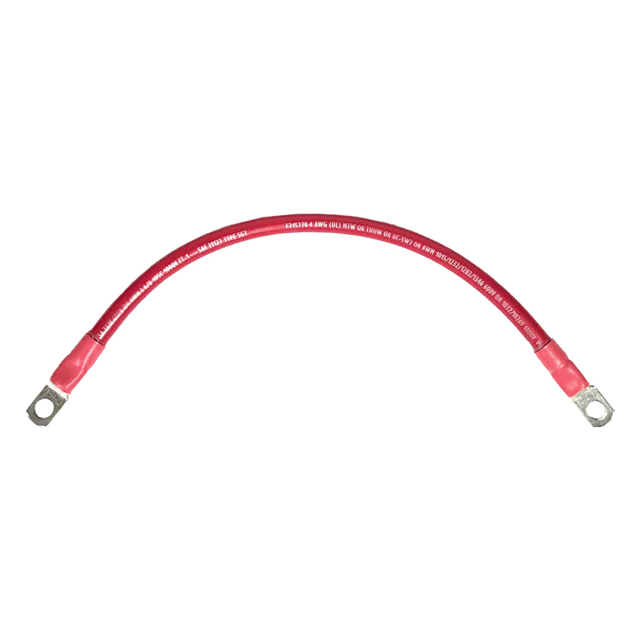
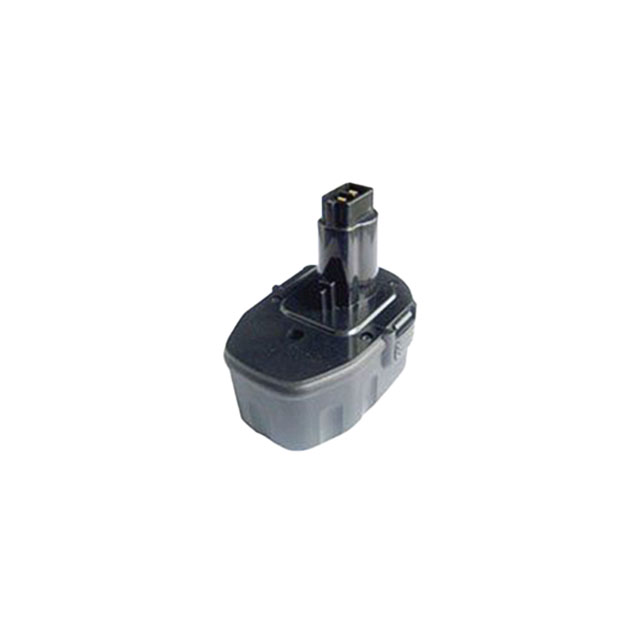
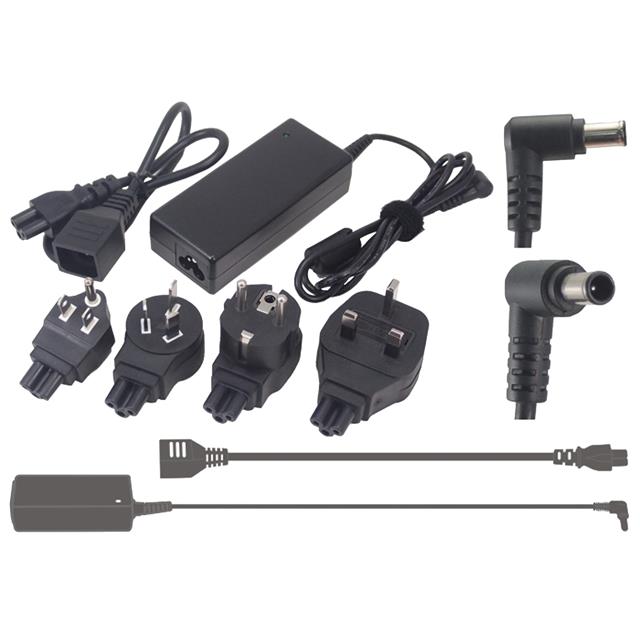
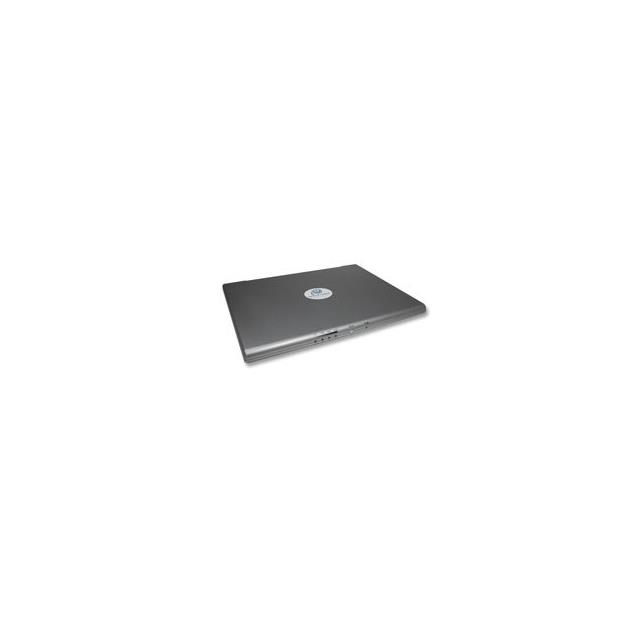
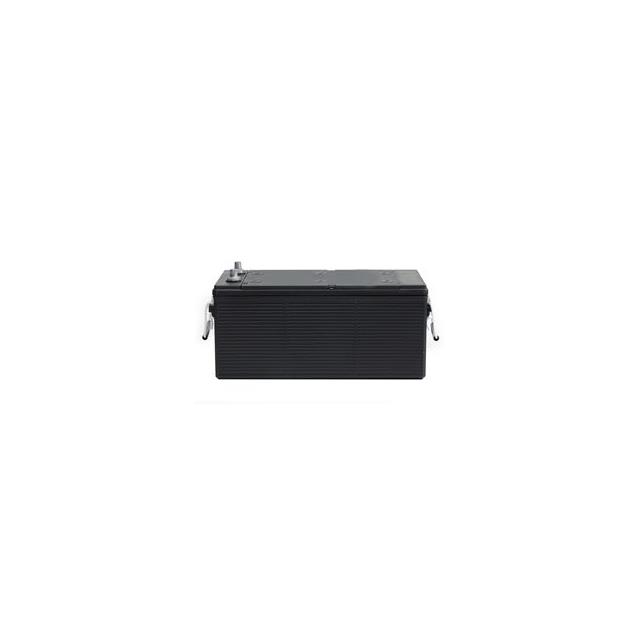

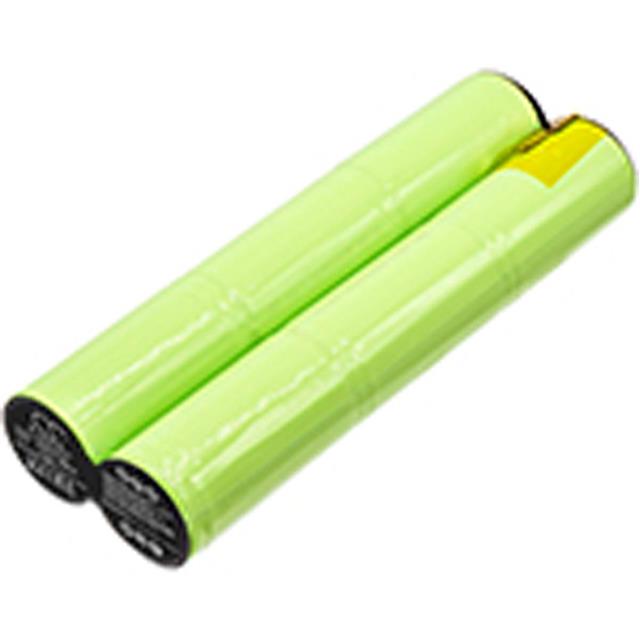

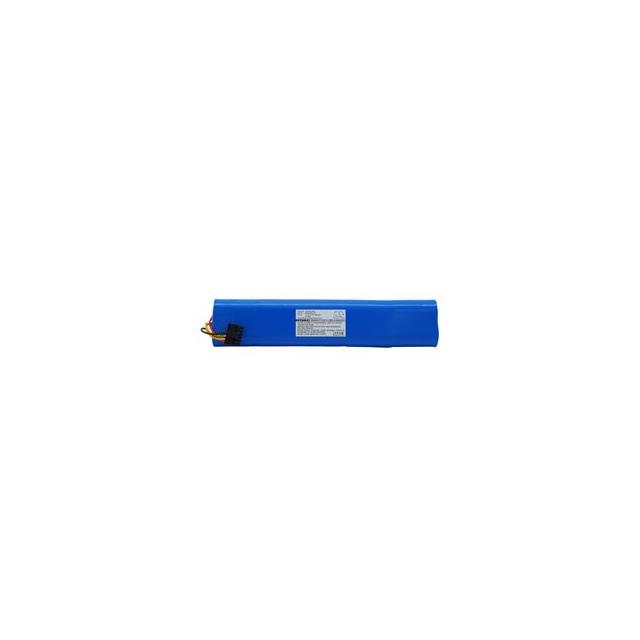
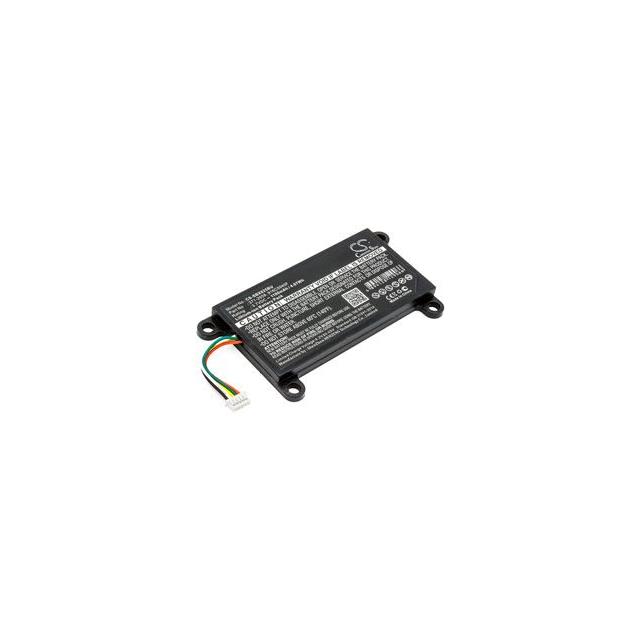
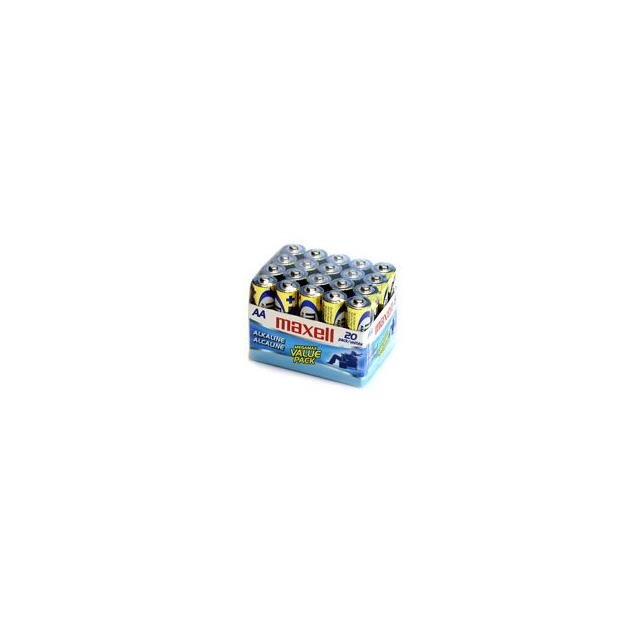
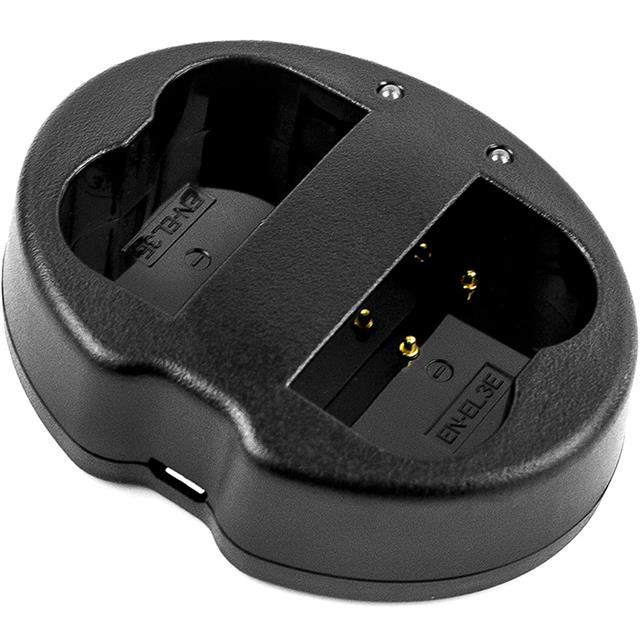
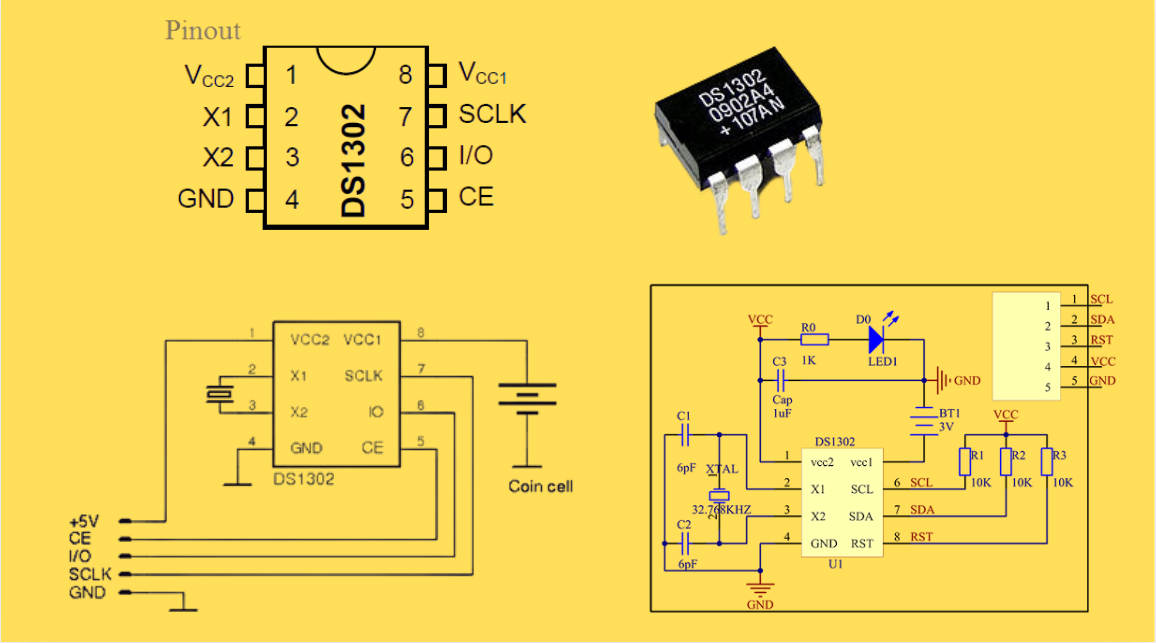

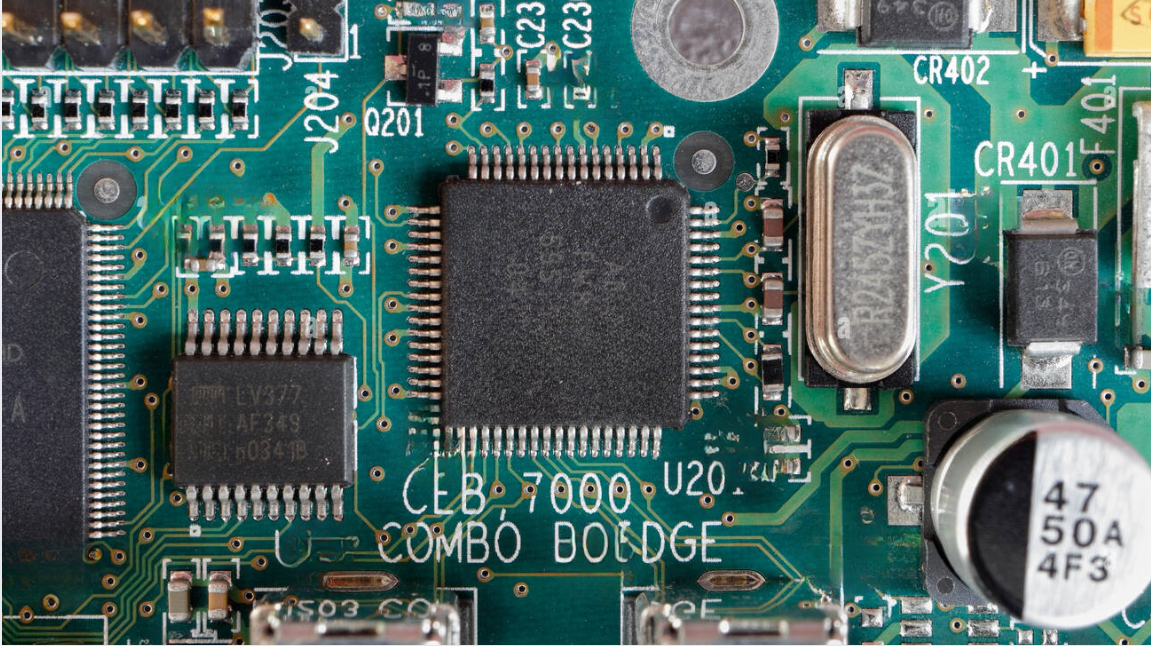
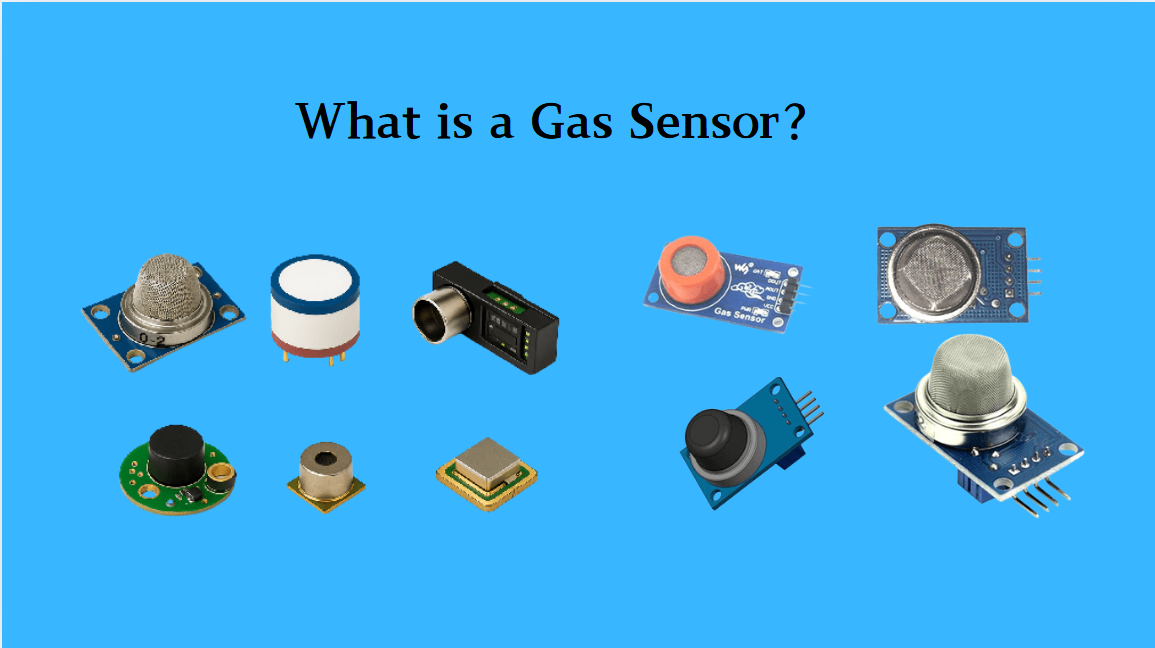

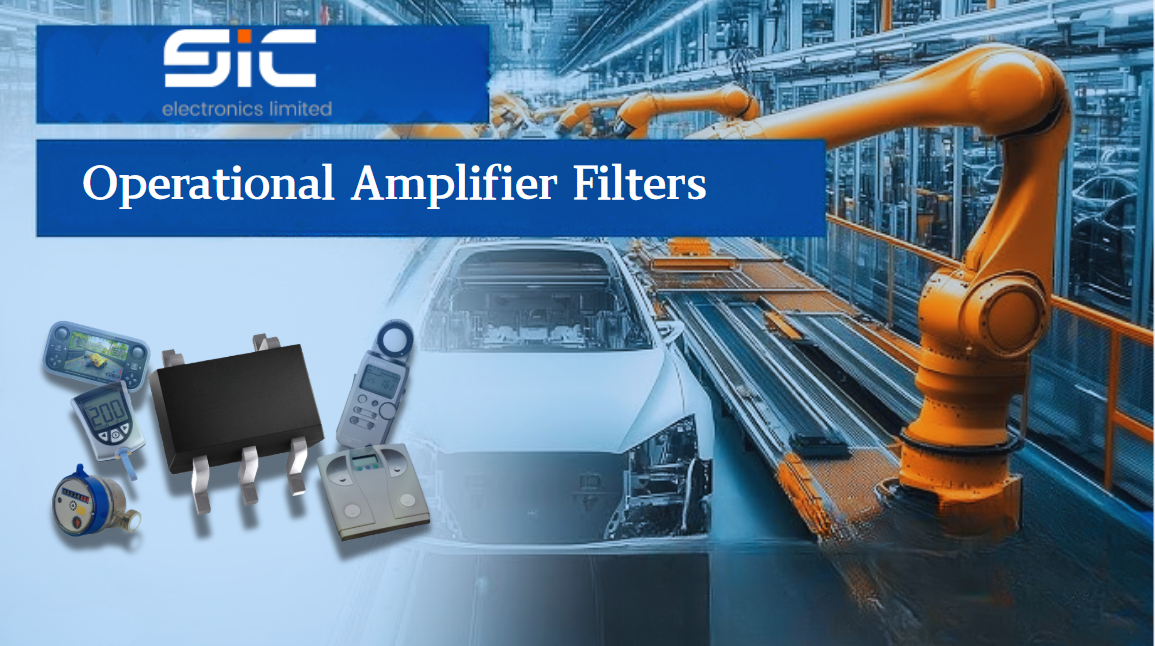
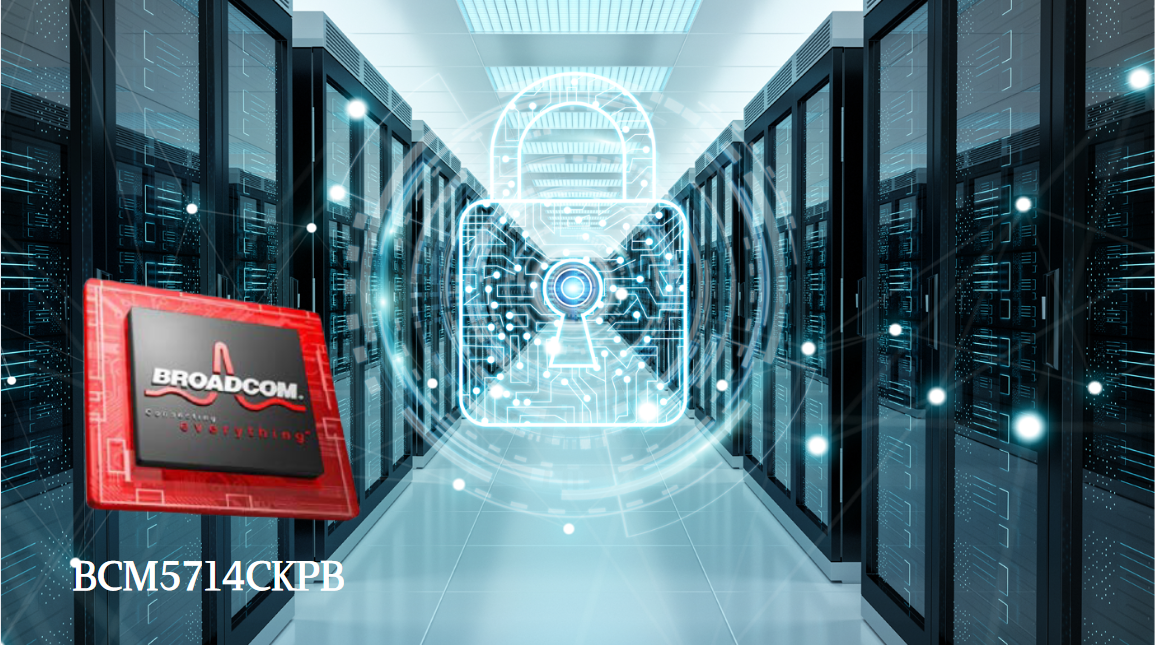
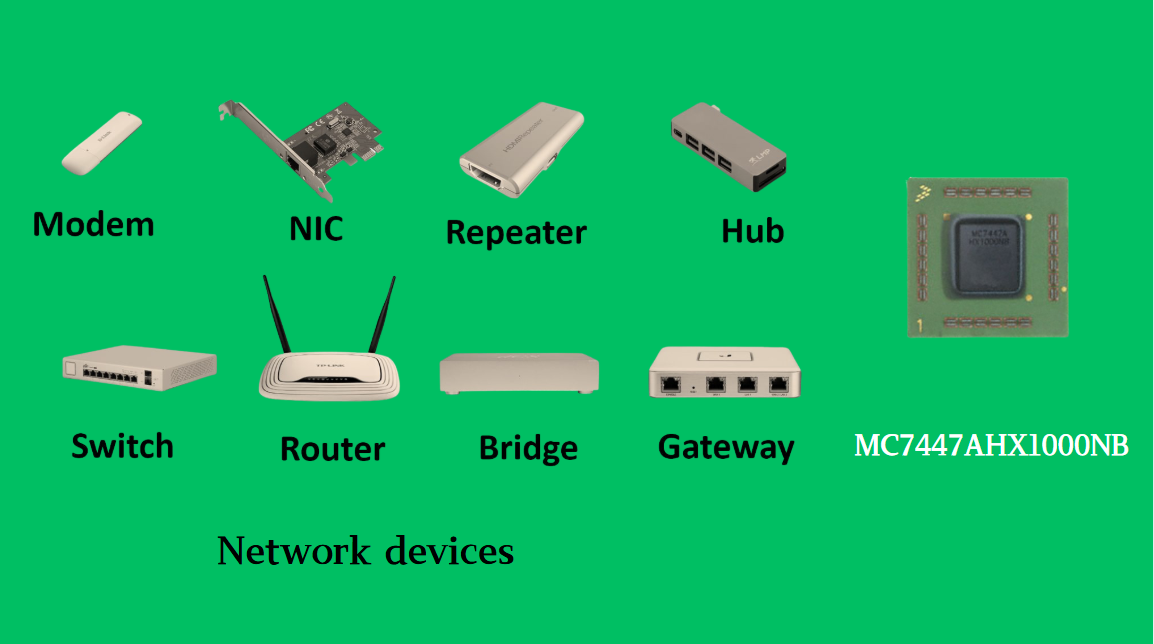
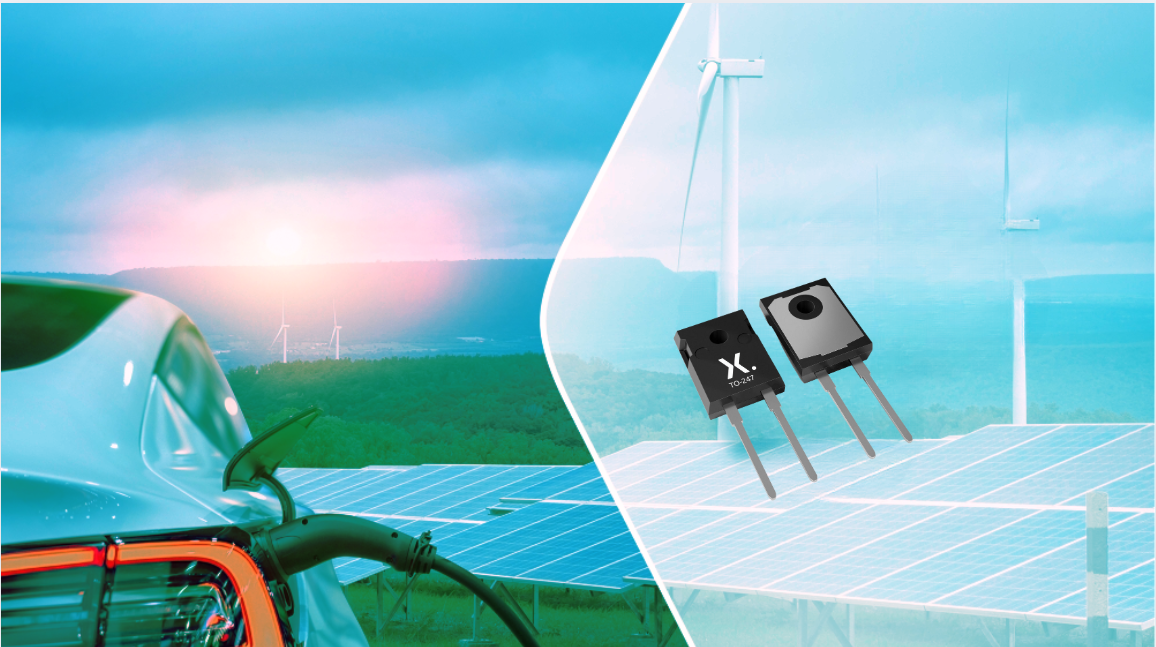
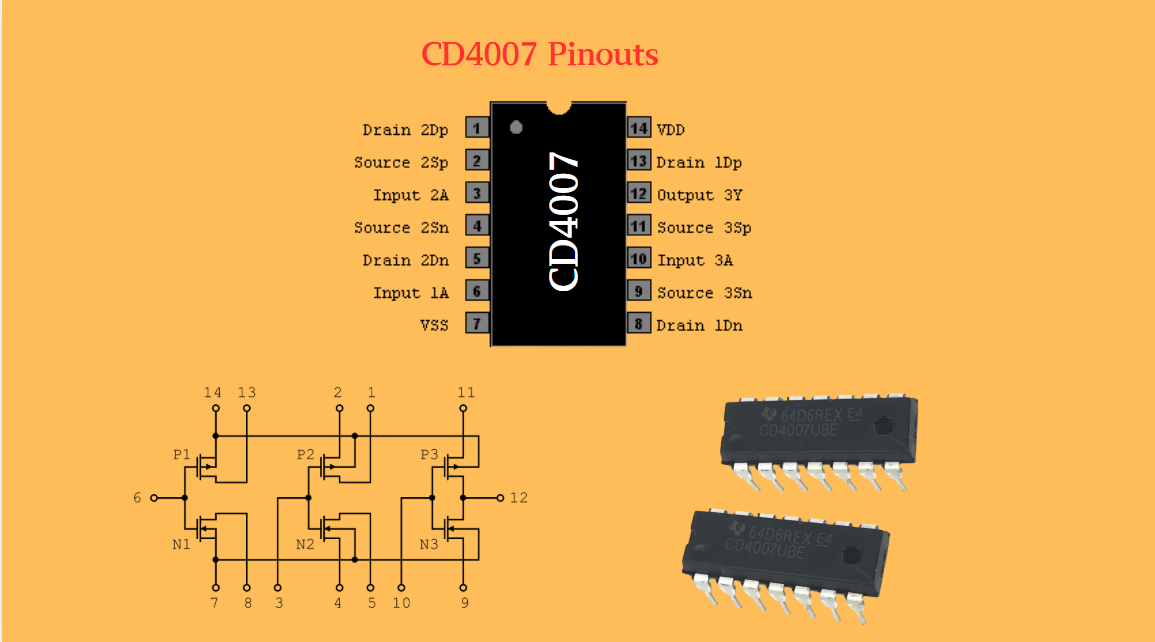
 Wishlist (0 Items)
Wishlist (0 Items) 